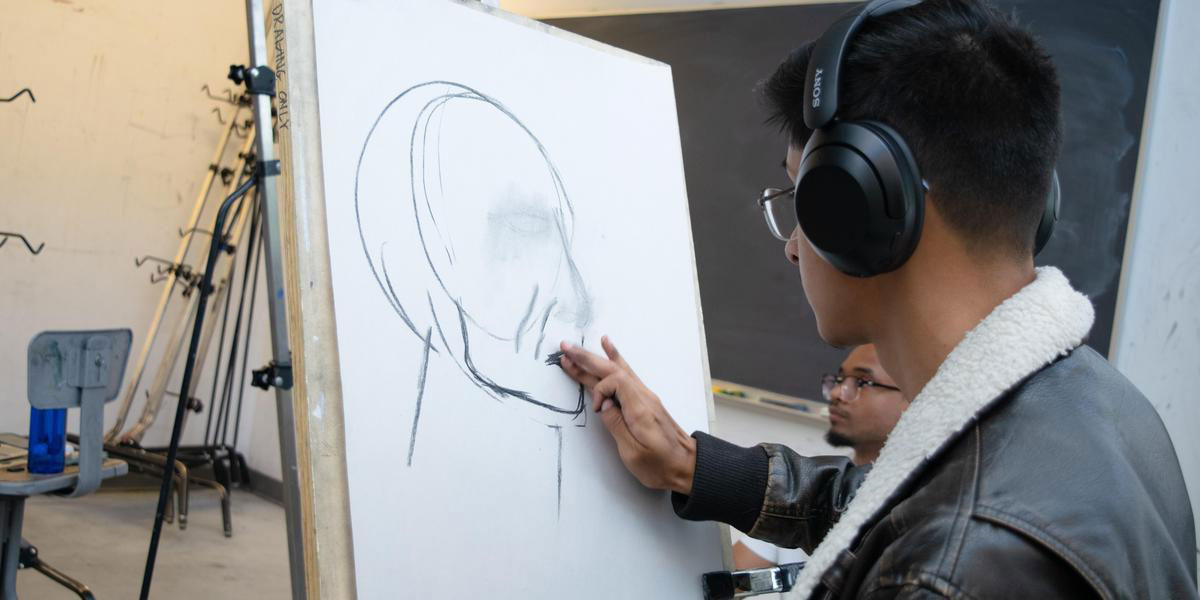Art as a Pathway to Healing and Self-Care

Healing and Self-Care Through Art: A Unique Approach to Mental Wellness

Wingspan, Spring 2025
An insightful report released in 2024 by the Maryland Health Care Commission has projected that the state will require an additional 32,000 behavioral health professionals by 2028. This growing demand highlights a pressing need for innovative approaches to mental health care. Often, individuals envision these professionals as traditional therapists working in clinical settings, but there are several pathways to contribute significantly to mental health support, many of which are accessible without extensive formal education.
At Anne Arundel Community College (AACC), students are making strides in mental health advocacy through diverse disciplines, particularly in art. The practice of art therapy has emerged as a vital component for emotional healing, enabling individuals to express their feelings, alleviate stress, and enhance overall well-being. It is through artistic endeavors that many students discover pathways to connect with their inner selves that conventional therapeutic methods may not effectively facilitate.
A notable example of this transformative potential is Casey Duley, an accomplished alumna of AACC who has transitioned from studying studio arts to furthering her education in art therapy at Notre Dame. Duley encapsulates the essence of merging creativity with a mission to facilitate healing for others, demonstrating how art can profoundly affect mental health.
AACC’s faculty is at the forefront of integrating artistic practices into mental health initiatives. For instance, Assistant Professor Amy Carattini and Visual Arts Program Navigator Laura Pasquini are spearheading a project in conjunction with Mental Health Month. This initiative encourages students to create “emotional color landscapes,” drawing inspiration from the traditional Shan Shui art form. Such projects not only provide a medium for self-expression but also serve as a therapeutic exercise to understand and process complex emotions.
Additionally, AACC offers various artistic courses—including ceramics, drawing, painting, and sculpture—which serve as essential tools for students seeking to enhance their self-care practices. These classes allow participants to engage in the calming act of creation, providing an oasis of tranquility amid the rigors of academic life.
Through these varied artistic endeavors, AACC is fostering an environment where students can prioritize their well-being and explore the multifaceted relationship between art and mental health. This initiative underscores the notion that creative expression can be a powerful ally in the journey toward psychological resilience and emotional stability.
This article is part of a broader feature focused on how AACC students are uniquely contributing to mental health support. For further insights, please read the full story here.






